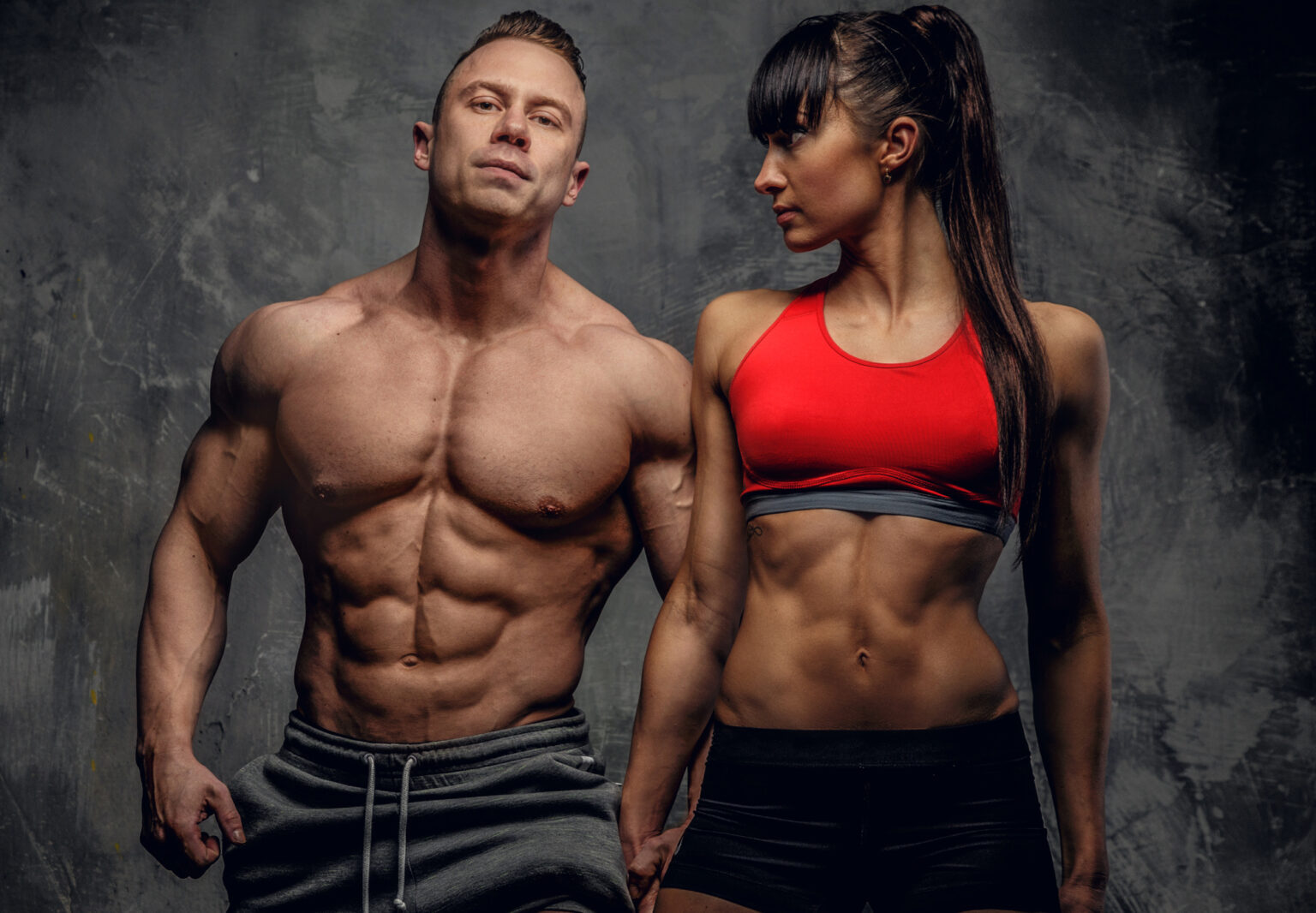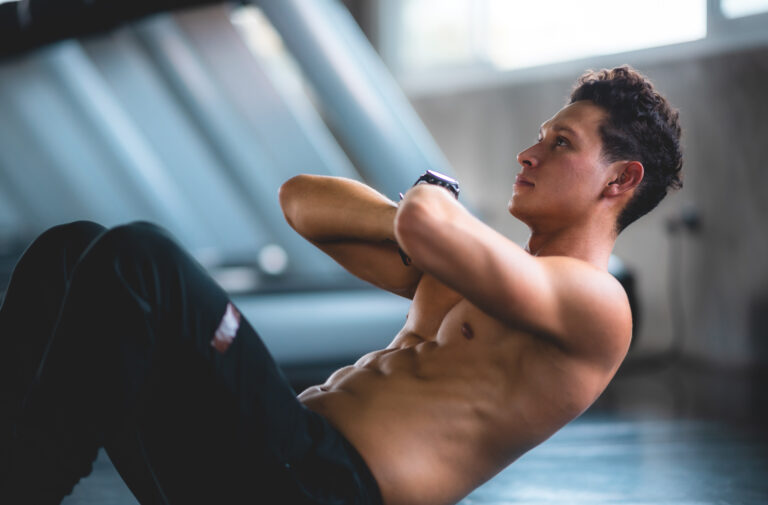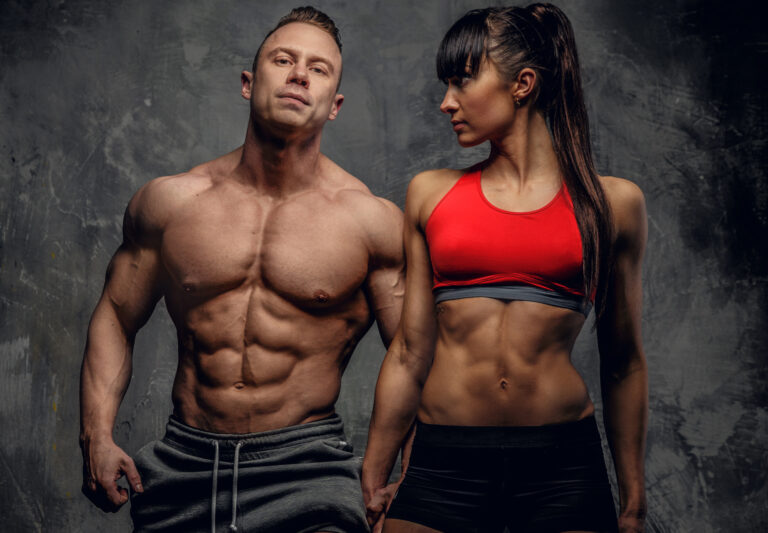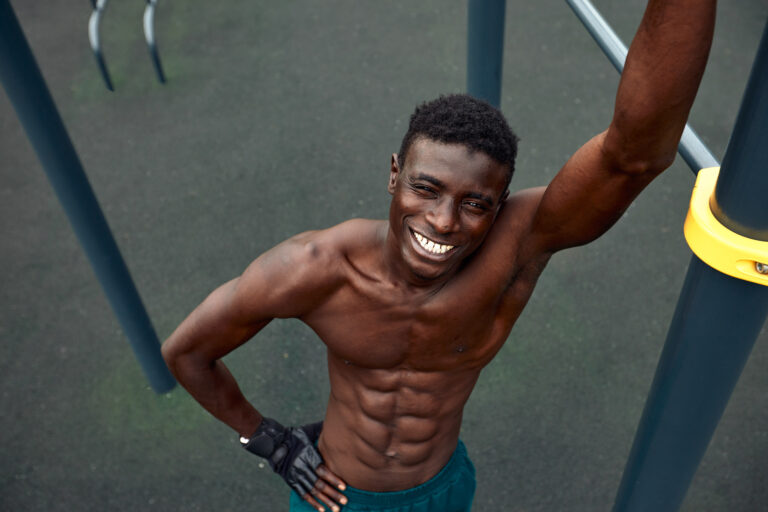What are the Chest Muscles?
Chest muscles play a crucial role in various physical activities, providing both strength and aesthetic appeal. Understanding their anatomy, function, and ways to develop and maintain them can significantly enhance your fitness journey. This article offers a comprehensive look into the chest muscles, covering their anatomical details, physiological roles, methods for strengthening, common injuries, and factors affecting their development.
Anatomy of the Chest Muscles
The chest muscles, primarily the pectoralis major and pectoralis minor, are vital for a range of upper body movements. The pectoralis major is a thick, fan-shaped muscle situated at the chest’s front. It has two parts: the clavicular head, originating from the clavicle, and the sternal head, which arises from the sternum and the cartilage of the first six ribs. These parts converge to attach to the humerus, enabling arm flexion, adduction, and medial rotation.
The pectoralis minor, a smaller triangular muscle, lies beneath the pectoralis major. It originates from the third to fifth ribs and inserts into the coracoid process of the scapula. This muscle aids in scapular depression, protraction, and downward rotation, playing a supportive role in shoulder movements.
Additionally, the subclavius muscle, located beneath the clavicle, and the sternalis muscle, present in some individuals, contribute to the chest’s overall structure. The subclavius helps stabilize the clavicle during shoulder movements, while the sternalis, when present, runs parallel to the sternum and assists in rib elevation.
Understanding these muscles’ anatomy helps in targeting them effectively during workouts, enhancing both strength and flexibility. Bones like the sternum, clavicle, and ribs, along with joints and ligaments, form a supportive framework for the chest muscles, facilitating their movement and stability.
Physiological Roles of Chest Muscles
The chest muscles are integral to many upper body actions. They play a key role in pushing movements, such as when performing a bench press or pushing a heavy object. The pectoralis major is primarily responsible for these movements, providing the necessary force for tasks involving the arms.
In addition to their mechanical functions, chest muscles assist in respiratory functions. During deep inhalation, the pectoralis minor helps lift the ribs, increasing thoracic cavity volume and aiding lung expansion. This contribution is particularly significant during intense physical activity, where efficient breathing is crucial.
Chest muscles also contribute to maintaining proper posture and shoulder stability. Strong chest muscles can prevent the shoulders from rounding forward, promoting a balanced posture and reducing the risk of musculoskeletal issues. Their role in stabilizing the shoulder joint during various movements ensures safe and efficient upper body mechanics.
Development and Strengthening of Chest Muscles
Building robust chest muscles requires a combination of targeted exercises and proper training principles. The bench press, a staple in chest workouts, effectively activates the pectoralis major. Variations such as the flat, incline, and decline bench press target different parts of the muscle, promoting balanced development. Using weights like 65 kg (143.3 lbs) for beginners and progressively increasing can enhance strength and size.
Push-ups, another fundamental exercise, offer versatility and convenience. Standard push-ups work the entire chest, while variations like incline and decline push-ups focus on the upper and lower portions of the pectoralis major, respectively. Incorporating push-ups into a routine can improve muscular endurance and stability.
Dumbbell and cable exercises, such as dumbbell flys and cable crossovers, provide additional stimuli for chest development. These movements allow for a greater range of motion, ensuring comprehensive muscle activation. Proper technique, including controlled movements and avoiding excessive weights, is crucial to prevent injuries.
Training principles like volume, intensity, and frequency play a significant role in chest muscle development. Aim for 8-12 repetitions per set with moderate to heavy weights, ensuring muscle fatigue by the final rep. Incorporate 3-4 sets per exercise, focusing on progressive overload to continuously challenge the muscles. Training the chest 2-3 times per week, with adequate rest in between, maximizes growth and recovery.
Common Injuries and Disorders Related to Chest Muscles
Chest muscle injuries can occur due to various factors, including improper exercise techniques and overuse. Muscle strains, one of the most common injuries, result from overstretching or tearing muscle fibers. Symptoms include pain, swelling, and limited mobility. Rest, ice, compression, and elevation (RICE) are initial treatment steps, followed by gradual rehabilitation exercises.
Tendinopathy, another prevalent condition, involves inflammation of the tendons attaching the chest muscles to the bones. Overuse and repetitive strain often cause this condition, leading to pain and stiffness. Treatment includes rest, anti-inflammatory medications, and physical therapy to strengthen the muscles and improve flexibility.
In severe cases, chest muscle ruptures can occur, particularly in high-impact sports or heavy weightlifting. This injury involves a complete tear of the muscle or tendon, often requiring surgical intervention. Post-surgery rehabilitation focuses on restoring strength and function through carefully monitored exercises.
Preventive measures are crucial to avoid chest muscle injuries. Proper warm-up routines, including dynamic stretches and light cardio, prepare the muscles for intense activity. Ensuring correct exercise form and gradually increasing weights can prevent overloading the muscles. Incorporating rest days and listening to the body’s signals of fatigue or pain are essential for long-term muscle health.
Impact of Age, Gender, and Genetics on Chest Muscles
Age significantly affects muscle mass and strength, including the chest muscles. As individuals age, muscle fibers decrease in number and size, leading to reduced strength and endurance. Regular resistance training can mitigate these effects, preserving muscle mass and function. For older adults, exercises should focus on maintaining mobility and preventing muscle atrophy.
Gender differences also influence chest muscle composition and strength. Men generally have larger and stronger chest muscles due to higher testosterone levels, which promote muscle growth. Women, while having less muscle mass, can still achieve significant strength and definition through consistent training. Tailoring workout routines to individual needs and goals ensures effective results for both men and women.
Genetics play a crucial role in determining chest muscle size and response to training. Some individuals may naturally have a higher proportion of fast-twitch muscle fibers, which respond well to strength training, while others might have more slow-twitch fibers, benefiting from endurance-focused exercises. Understanding genetic predispositions can help in customizing training programs to maximize individual potential.
Key Takeaways
The chest muscles are essential for various upper body functions, including pushing movements, respiratory support, and maintaining proper posture. Understanding their anatomy and physiological roles enables effective training and injury prevention. Regular exercise, focusing on proper techniques and training principles, promotes strength and development, while awareness of age, gender, and genetic factors allows for tailored fitness approaches. Maintaining healthy chest muscles is crucial for overall physical fitness and well-being.









